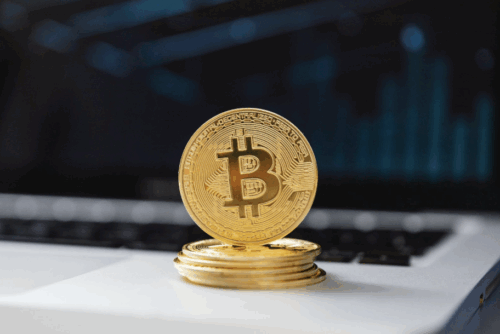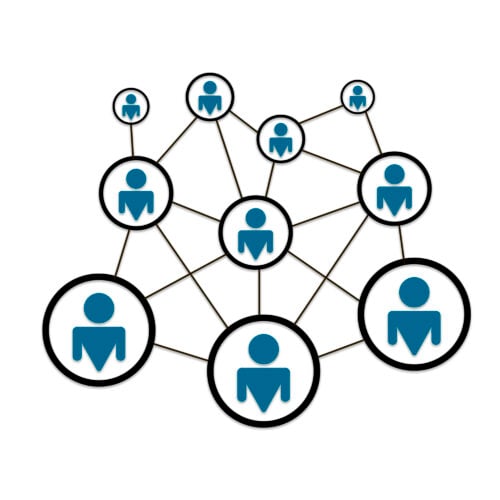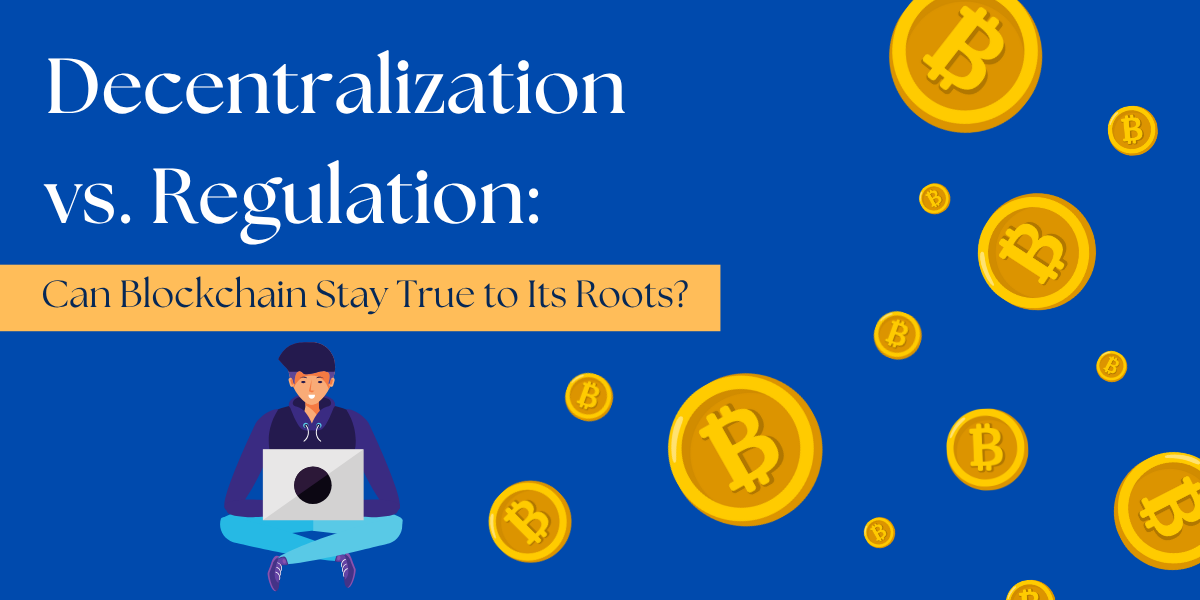Blockchain was built on the idea of freedom: open networks, no middlemen, and full control in the hands of users. That idea caught on fast. But now, governments and regulators are stepping in, and the space is changing.

Blockchain Could Actually Help with Regulation
Blockchain often gets tied to ideas of freedom and zero control. But if you flip the lens, the same tech could actually support proper oversight. It’s a system that records everything: clearly, permanently, and in a way that’s hard to mess with.
Healthcare is one place where this could work. Right now, patient files are scattered: one doctor has part of your story, another has the rest. Mistakes happen. Delays follow.
If those records lived in a single, secure place that allowed verified access when needed, treatment would be smoother and audits would be easier. Blockchain can make that happen, no guessing or chasing down paperwork required.
Blockchain could also be well implemented in the online casino industry. The offshore licensing process for casino sites already demands careful checks, financial audits, and verification of ownership, so it’s built around transparency to begin with. Since many of these casinos already use cryptocurrency for payments, adding blockchain to the mix would fit naturally.
It could log every transaction, license renewal, and audit result in real time, leaving no room for manipulation.
And if you look at global trade, the same idea fits. Shipping delays and customs missteps often come down to poor tracking. A blockchain log could show exactly where a shipment came from, where it’s been, and what’s in it.
The Ongoing Tug of War Between Control and Freedom
As networks grow, new challenges come with them. Decentralization slows things down, and speed matters when millions of transactions happen every second. Proof-of-work models like Bitcoin’s use immense power, sparking criticism from environmental groups.
Switching to proof-of-stake fixes that but gives larger holders more influence, the opposite of what decentralization was meant to achieve.
Another issue lies in fragmentation. Many blockchains can’t interact smoothly, creating barriers that frustrate both users and regulators. Oversight becomes messy, and innovation risks slowing under pressure for standardization. On top of that, most users still lack a proper understanding of how these systems work, leaving them open to scams. Calls for stronger protections make sense, but also risk tightening control too much.
Finding a Middle Ground
The path forward might lie in compromise. Private or permissioned blockchains, often used by corporations, allow verified access while maintaining the integrity of the ledger.
Public networks could apply tools like zero-knowledge proofs, a cryptographic way to confirm legality without exposing personal information. These options keep transparency intact while meeting basic compliance needs.
A broader fix could come from collaboration. International groups such as the FATF already set anti-money-laundering rules for global finance. Including blockchain developers in these discussions would make regulations smarter and more flexible.

Community Keeps the Engine Running
What keeps blockchain alive isn’t just code; it’s the people. Developers, users, and researchers all pitch in, each pushing things forward in their own way. Open-source models give the entire community a voice, and with enough coordination, updates can roll out without relying on a single authority.
New layers like rollups and sidechains are already proving useful. They speed up activity on busy networks without changing the backbone.
And while those improvements happen, community leaders are also speaking with lawmakers to explain what blockchain actually is, before bad laws mess it all up. That communication matters. It keeps the tech open while helping decision-makers write rules that make sense.
Bigger Impact Than People Realize
Finance has made blockchain famous, but the real value is spread far beyond money. Using a public ledger to track votes could shut down fraud and give people a way to check tallies themselves, without waiting on middlemen.
In disaster zones, blockchain can also trace where every dollar of aid goes, making sure it lands where it should.
In education, degrees and certificates stored on-chain are easy to check and hard to fake. Employers can verify claims in seconds. This doesn’t just cut down on scams; it saves time and builds trust.
All of this shows why a one-size-fits-all regulatory playbook won’t cut it. The tech has too many use cases to be boxed in by laws meant for finance alone.
Something Old, Something New
For blockchain to keep growing, the people building it and the ones regulating it need to stop pulling in opposite directions. On the other side, regulators have to stop chasing the tech with old rules.
And if both sides keep talking, blockchain can grow into what it was meant to be: a system people can trust, without having to hand over all their control.


 Tags:
Tags:










